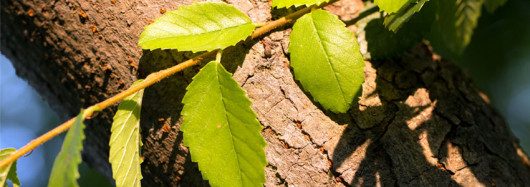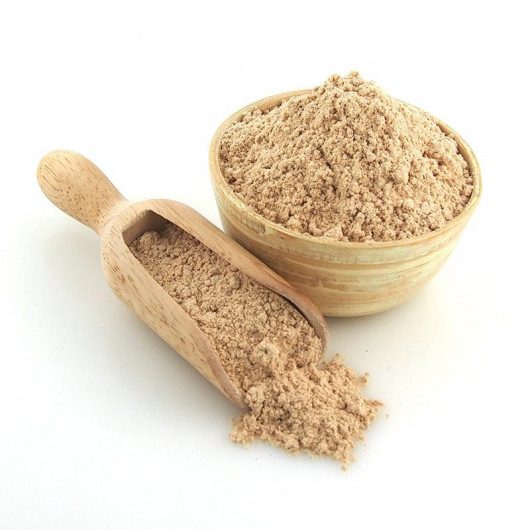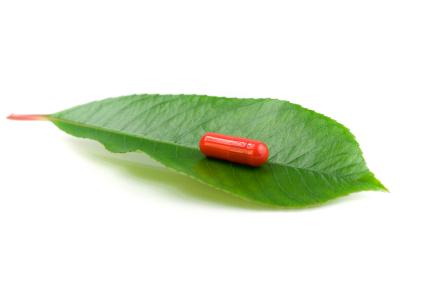Have you been struggling with constipation, diarrhea and other digestive issues? We are introducing you to the herb that has been used by Native American since centuries because of its numerous health benefits.
What Is Slippery Elm?
Slippery elm or Ulmus rubrais native to eastern Canada, eastern and Central America, it is commonly found in Appalachian Mountains. The tree is known for its dark brown bark and it can reach the height of 60-80 feet. It was Native Americans who recognized the benefits of the slippery elm obtained from the inner bark of the tree.

Native Americans found that when the back of this tree is mixed with water, a sticky substance known as mucilage is generated and this substance has been found to have many therapeutic capabilities which have many benefits.
What Makes Slippery Elm Effective?
Its inner bark makes it an effective remedy for many ailments, the formation of mucilage content after mixing Slippery Elm is one solution to many problems.
This Mulilage is capable of trapping water and swell itself to develop into a gel-like substance, this gel is found to be very beneficial to heal wounds and reduce inflammation.
Slippery elm has also been used by the American soldiers during The American Revolution to heal the gunshot wounds.
Benefits of Slippery Elm

1. Fights Constipation, Bloating and Diarrhea
Slippery elm helps in smoothening the lining of the stomach and intestinal walls that benefits in better bowel movement and it also helps in reducing the stomach inflammation and irritation.
One clinical study found that Slippery elm can help treat the symptoms of inflammatory bowel diseases like Crohn’s disease, ulcerative colitis, and irritable bowel syndrome.
2. Lower Stress and Anxiety
Slippery elm contains phenolics, it is an aromatic benzene ring compound that helps in reducing the stress levels.
3. Cures Sore Throat
Slippery elm is a proven remedy of a sore throat, it has been found in many commercial brands to reduce throat soreness. Slippery elm contains mucilage, it’s a sticky mixture of sugar that coats the throat to reduce soreness.
Slippery elm is also believed to be cough suppressant, that doesn’t just help in reducing soreness but also relieve the symptoms of other respiratory problems like bronchitis and asthma.
4. Heartburn
Slippery elm is also found to be an effective remedy to cure heartburn, technically heartburn is known as acid reflux that occurs when stomach acid flows back to the esophagus and irritates the inner lining.
Because of the mucilage, Slippery elm is an effective herbal remedy of gastroesophageal reflux disease, mucilage coats the inner lining of the esophagus which prevents and further irritation and inflammation due to acid reflux.
5. Irritation in the Urinary Tract
Slippery elm is also known for its positive effects for the people who experience unexplained inflammation on the urinary tract. Slippery elm is also known to have soothing effects on the inner lining of the urinary tract, but its always advisable to see your doctor if you experience a persistent pain in the urinary tract.
How to Use Slippery Elm

Slippery elm can ordinarily be found at your nearby wellbeing store in various forms, including tea, tablets, lozenges, poultice, and concentrate. Simply approach the nutritionist to find what works for you.
Here are the common uses:
Diarrhea: treatment by ingestion of cases, tablets, tea, tincture and concentrates
A cough: treatment by tablets, tea, tincture, and concentrates
Heartburn: treatment by tea, and concentrates, you can consume 2 tablespoons of slippery elm with some warm water after your meal.
Constipation: Tea prepared of the extracts of the back is quite beneficial.
Conclusion
Although Slippery elm has been used as a herbal remedy for many years, there are still many clinical studies need to be done for it. Slippery elm contains many nutritional factors including calcium, iron, vitamin C, magnesium, thiamine, zinc, and potassium, making it an excellent herb to be used as a cure for many diseases.
Due to the formation of gel-like structure, it may restrict the absorption of nutrients in the stomach lining, pregnant women are also not advised to consume on the daily basis, this herb is not supported by many scientific evidences and you should always consult your physician before its use.



